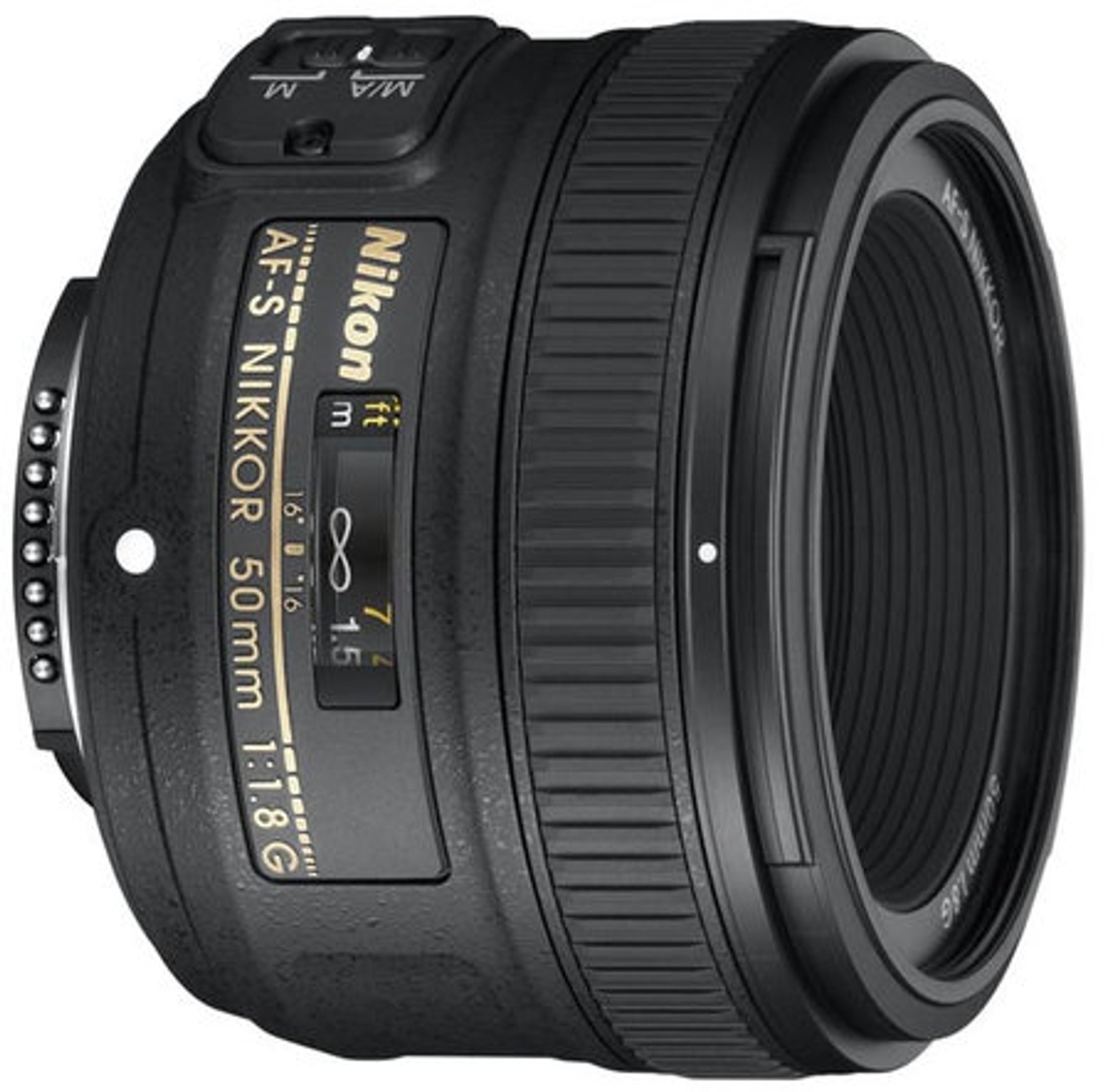

The 50mm ƒ/1.8G AF-S is not rated as a macro lens, and with a magnification ratio of just 0.15x (1:6.8) we can see why. The 50mm ƒ/1.8G AF-S is also very quiet during focus operations. The filter ring of the lens does not rotate while focusing, and neither does the focus ring (which does on the 50mm ƒ/1.4 and ƒ/1.8 AF-D models). Where lenses such as the 70-200mm ƒ/2.8 AF-S will snap to focus with blisteringly fast speed, the 50mm ƒ/1.8G AF-S is comparatively sluggish. However, it's worth noting that the implementation of the AF-S standard is not similar to that of Nikon's higher-end lenses. The 50mm ƒ/1.8G uses an AF-S designation and is relatively fast to autofocus, racking through its close-focus to infinity distance and back, in just over one second. On the sub-frame D300s this amounts to just +0.2% in the corners on the full-frame D3x, it's slightly more noticeable, at +0.4% in the corners. At ƒ/2.8, this differential reduces to just 1/3 of a stop, and at ƒ/4 or smaller, corner shading is negligible.ĭistortion is nicely controlled on the 50mm ƒ/1.8G AF-S, with just a light amount of barrel distortion. On the full-frame D3x, corner shading is slightly more evident at ƒ/1.8, the corners are 2/3 of a stop darker than the center. At any other setting, corner shading is negligible. On the sub-frame D300s, corner shading is nothing to write home about at ƒ/1.8, the corners are just 1/3 of a stop darker than the center. It's notable more in the corners than throughout the majority of the image frame, and shows as very slight colored fringing on areas of high contrast. Fully stopped-down performance is good, better at ƒ/16 than we note at ƒ/1.8 or ƒ/2.ĬA is slightly noticeable on the sub-frame D300s, with the 24 megapixel sensor of the D3x giving that camera an advantage on our testing software. Diffraction limiting sets in on both camera bodies at ƒ/11, with a marginal reduction in quality. On the full-frame D3x however, the corners are still a bit of an issue and there are further gains to be had until we achieve tack-sharp results at ƒ/8. On the D300s, results are excellent, and from this point on we only see minor gains when stopped down further. At ƒ/2, as you might imagine, results aren't that much different from ƒ/1.8 at ƒ/2.8, we achieve very good results, the unevenness starting to smooth out, combined with a good area of central sharpness. Stopping down is definitely necessary to squeeze out the best results for sharpness with this lens. The results are better on the sub-frame D300s, as some areas of uneven focus are cropped out.

At its maximum aperture setting, where arguably it will be used the majority of the time, it offers only average results for sharpness. The 50mm ƒ/1.8G didn't blow us away for sharpness, but it's not bad, either.


 0 kommentar(er)
0 kommentar(er)
